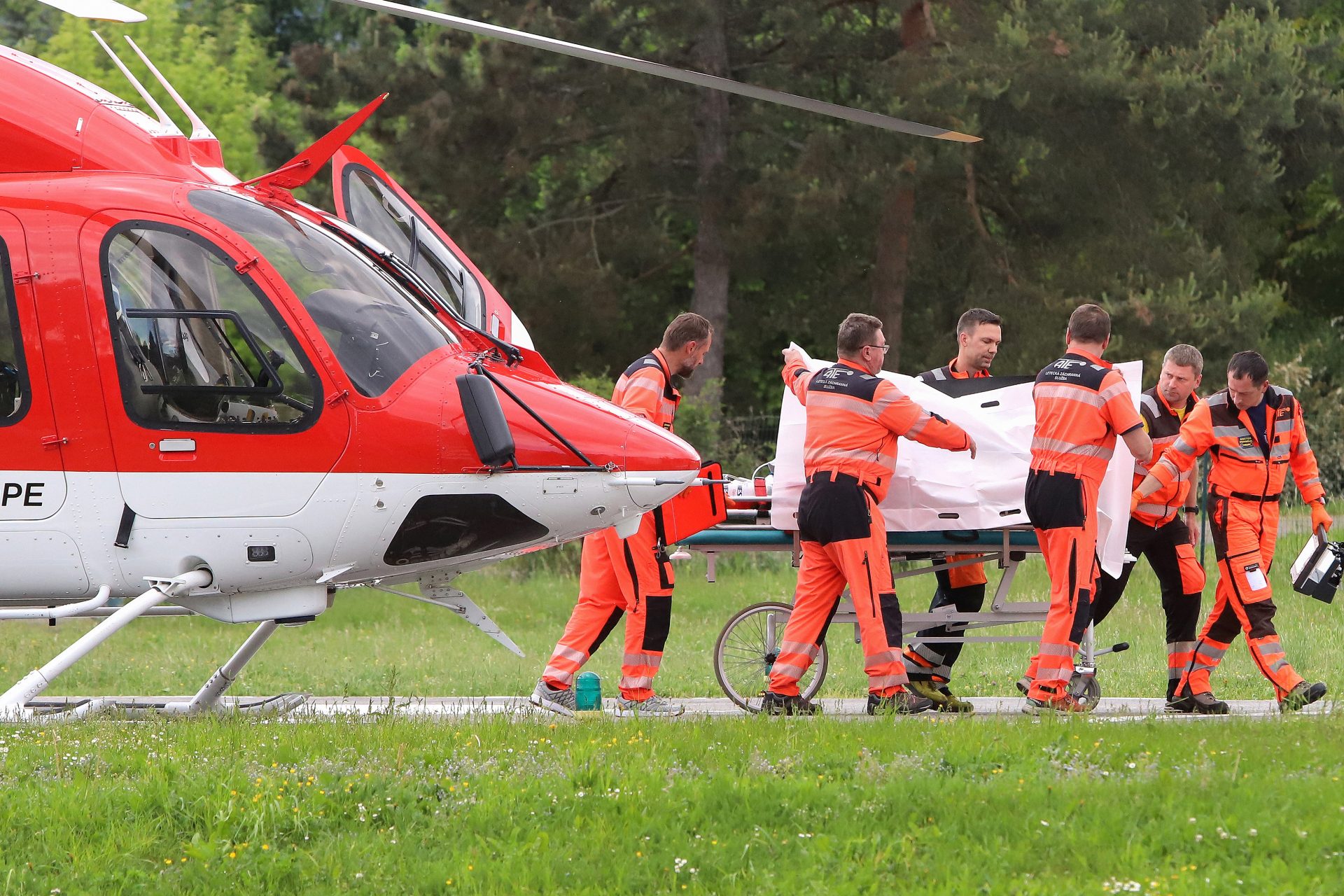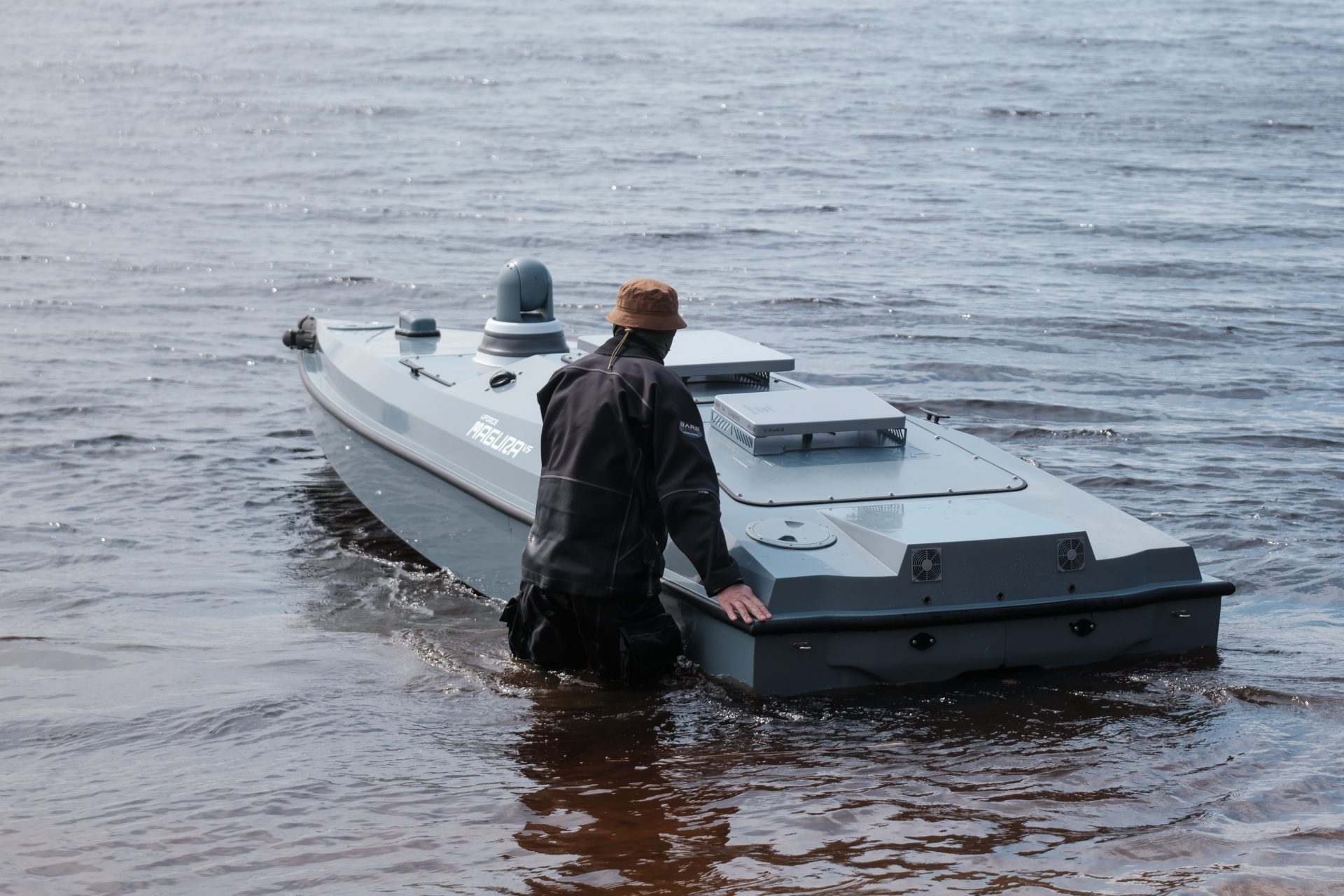Will flex offices become the new normal?
Rethinking spaces, rethinking practices: the pandemic and confinements have clearly marked a break in our traditional conception of what the office was. With the spread of teleworking, can we keep the same workplaces that we used to have?
In this area, as in others, Covid-19 has completely reset the tables and pushed companies to reconsider not only the physical office as it was, but also to rethink the practices and needs of employees when they go to the office. What are the major trends that await us in the future? What will our offices look like? We tell you everything.
Successive confinements have won over the most reluctant: many more people now believe that working from home can be effective. Employees have shown to be quite capable of working remotely and providing quality results.
At the same time, however, studies are clear: returning to the office from time to time remains essential to have a connection with the employer and the team. The idea is to find the right balance.
The forced separation of employees during the various confinements has made it possible to understand one thing: companies can no longer ignore the social aspect, which guarantees optimal functioning for all employees, who must feel that they are in a pleasant living space that is conducive to exchanges. And even if everyone has to spend some time working from home, the link must be maintained and nurtured.
Yes, you can say goodbye to the days of large open spaces or endless office towers with multiple floors and lifts. Efficiency is now the order of the day. Given the annual cost of a workstation, it is in the interest of companies to refine their real estate strategy and work towards this goal, as the savings can be substantial.
Even if spaces are reduced, this does not mean that people will be squeezed into them even more! Because of health risks, it is not a question of reducing the spaces allocated to each person, but rather of thinking about systems that allow those in the office to better occupy the space and to be able to communicate in complete safety and serenity. Here's an example of a new type of work room within the office.
Even if working from home is sometimes good, as it often allows better concentration and avoids wasting a lot of time in transport, many people recognise that they also need to go to the office, especially because it is an ideal space for socialising and exchanging ideas.
The challenge for companies today is to reinvent themselves to attract new employees to their offices. They must make them attractive and user-friendly, while providing effective spaces for communication and work. Beyond the juice bars and table football rooms proposed by some American companies, it is a question of designing spaces that reflect the company's culture and in which the employee can give the best of himself.
The priority is therefore to offer user-friendly places that allow ideas to emerge, that release creativity and that stimulate exchanges. So we're saying goodbye to the grim and identical rooms, and making room for cafeterias, libraries, lounges, etc. In a sort of hybridisation of spaces, people are offered the opportunity to meet in more relaxed environments, a bit like at home.
While the company likes to be able to meet its employees from time to time, it is also in the employees' interest to set foot in the office regularly. It's a good way of showing off and demonstrating the quality of one's work or one's good management skills, for example. It's also useful for developing one's career, proving one's commitment, etc. Preserving spaces where people can meet physically is therefore essential.
With regard to workspaces, the open office garden (with or without cubicles) has to be revised. An interesting way of thinking about supporting collaborative work, and one that has been talked about a lot lately, is the "flex office." In here, no one is assigned their own space any more and people can move around as they need.
To reserve their workspace for a certain day, employees would use an app. They would come in only if needed for teamwork, meetings, the use of certain facilities, or if it helps their personal career goals. Whenever they work on something alone or through remote communication, employees will stay at home. Or at least, that's the ideal situation.
No more photos of the youngest child on the desk, no more lovingly watered green plants every morning, no more schedules taped to a corner of the wall. Every workspace must be cleared of all personal markings every day, so that it can be allocated to someone else the next day.
All those who studied the issue agree: the individual office, with each person locked behind their door, will not return. If employees have to work alone, they will be asked to work from home, because the office is purely a place of interaction.
One of the tricky subjects that often comes up is the noise. If you work in an open space, designed for talking and interacting, there will be a lot of noise on the work floor. How do we hover between the need for concentration on the one hand, and communication on the other, within the same space? Some suggest quieter corners for those who need to isolate themselves and have some peace and quiet - as you can see in this picture.
The new reality of pandemics and remote working call for a powerful digital workspace. It's essential to build a real virtual office that allows for human interaction, Eric Delgrove claims in 'L 'Usine Digitale.' Advanced technologies such as augmented reality become more and more important to reduce the gap between employees, their company, and their group of colleagues. Communication is important to share the same values and common practices despite the distance.
Although each company has its own culture and practices, all businesses are now reflecting on the concept of the "old-fashioned" office. Will the alternative, with 'anonymous' work spaces and cosy meeting places, be better than what we are used to?
There is no longer any question of seeing offices as cold, individualistic places, crammed into business districts cut off from the rest of the world: on the contrary, the office of the future has pleasant, bright, cosy and attractive spaces, which can be adapted according to needs and which form part of a new, more flexible vision of work.
It will be difficult for employees to adjust to this new flexibility. Not having your own desk will undoubtedly generate a certain amount of confusion for some time to come. Still, it is likely that in ten years time, most of us will wander with ease through the office space of the future and find our own place in the flexible net of desks and meeting rooms.
More for you
Top Stories

































